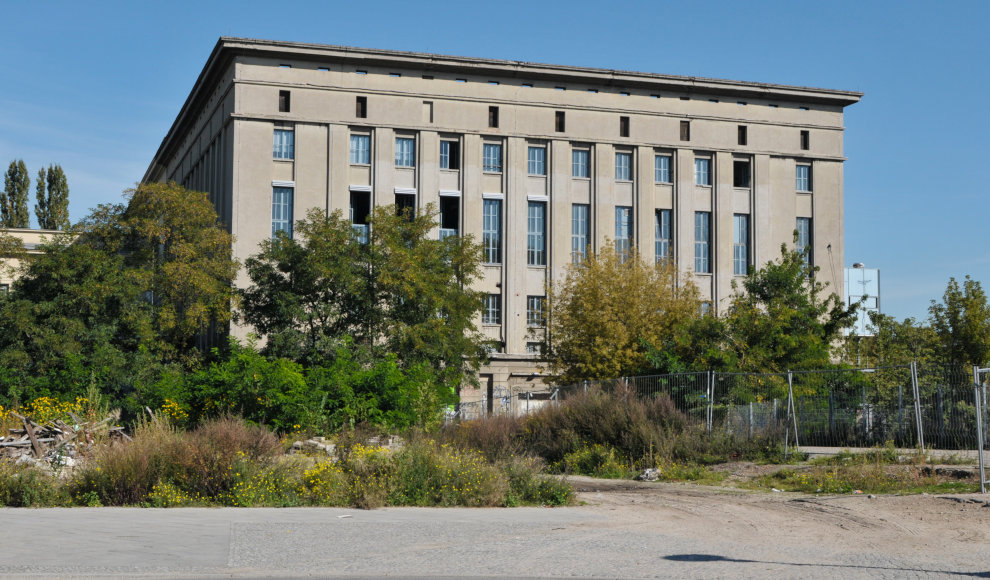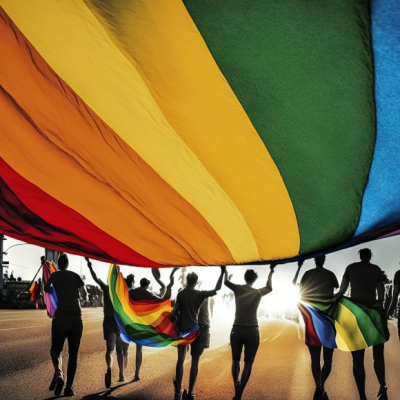The Berlin club Berghain is known for its blurred gender boundaries and has been named one of the world’s hottest clubs by DJMag.com. Now, Johan Andersson, a lecturer in human geography at King’s College London, has conducted a study on how the club affects the sexual orientation of its guests. According to his research, the conditions at Berghain encourage sexual experiences and influence the sexuality of its guests. Andersson attributes this to the club’s aesthetic, which creates a sexually permeable subjectivity through tactile sounds, labyrinthine architecture, and libido-enhancing drugs.
Originally, Berghain was a club for almost exclusively gay men, but now it attracts a more diverse crowd. Andersson explains that the club still inspires its visitors to break down the otherwise clear boundaries between heterosexual and queer sexual behavior. This leads to a fluid sexual orientation within the club, where sexual categorizations are temporarily overcome. Andersson believes that “empathy-enhancing drugs and excess libido” create an environment where even heterosexual people become more open to same-sex eroticism.
The study, published in the journal Environment and Planning D: Society and Space, highlights the impact of the club’s conditions on the sexual orientation of its guests. Andersson’s research shows that the club’s aesthetic and drug use contribute to a sexually permissive environment that encourages sexual experiences. Berghain’s influence on its guests’ sexuality is a fascinating topic that raises questions about the role of clubs in shaping sexual behavior and identity.







